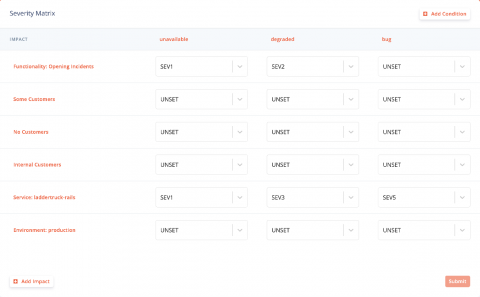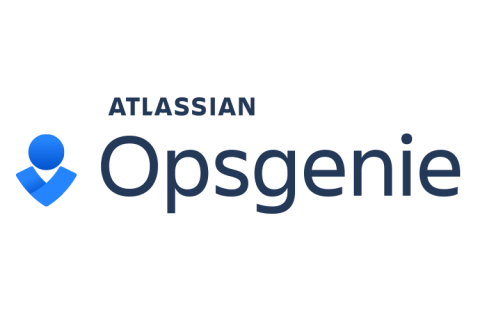Site Reliability Engineering-Why you should adopt SRE
Site reliability engineering was a term coined by Google engineer Benjamin Treynor in 2003 when he was tasked with making sure that Google services were reliable, secure and functional. He and his team eventually wrote the book on SRE which is available online for free for anyone interested in research and implementation of SRE best practices.











